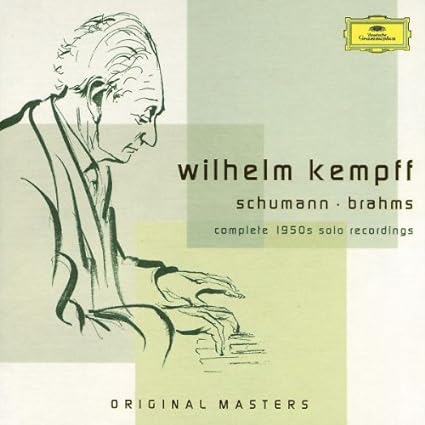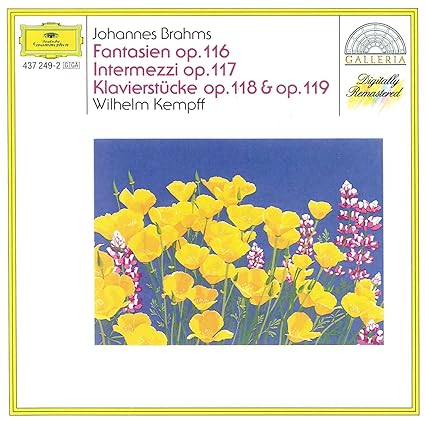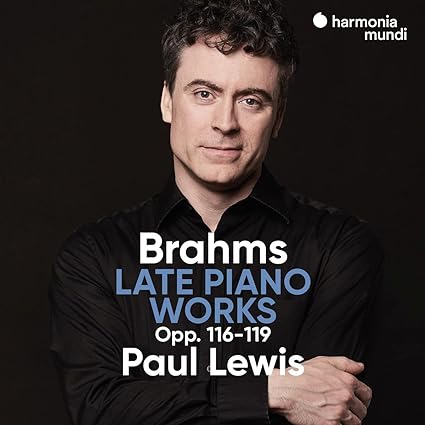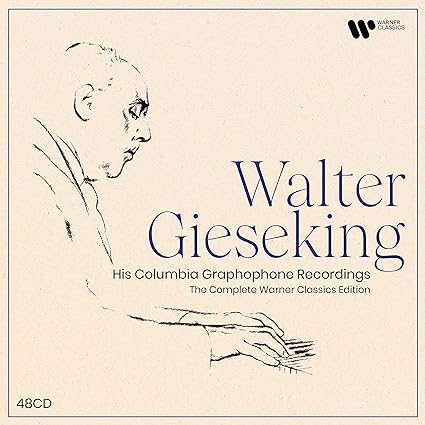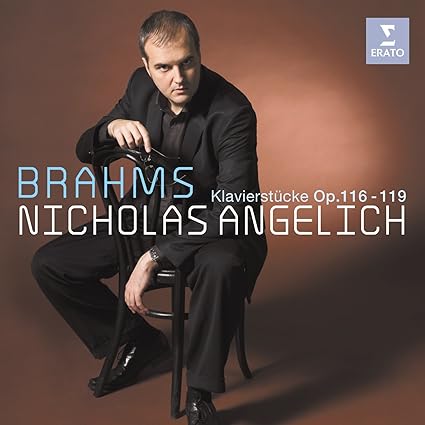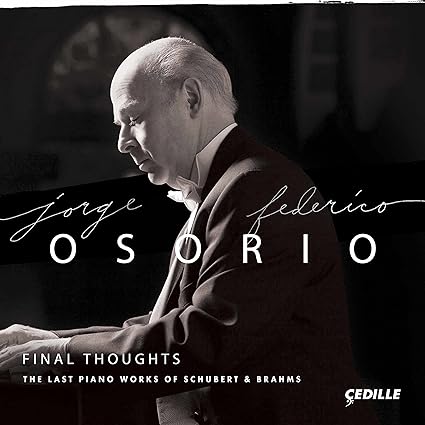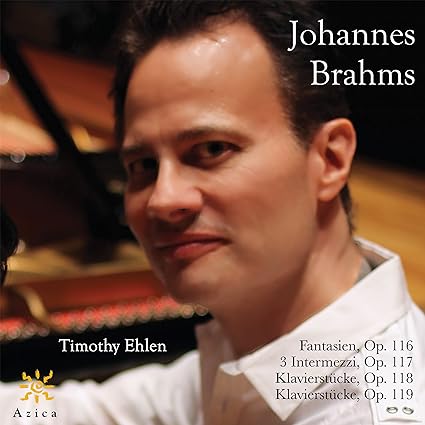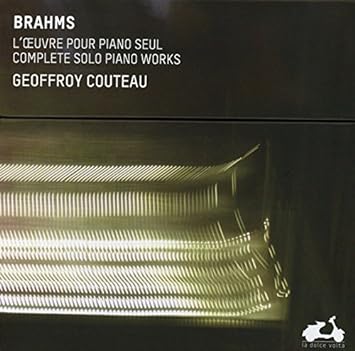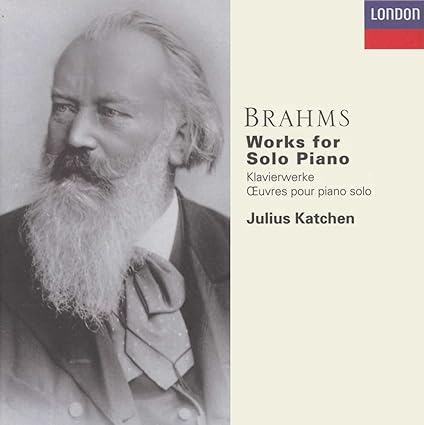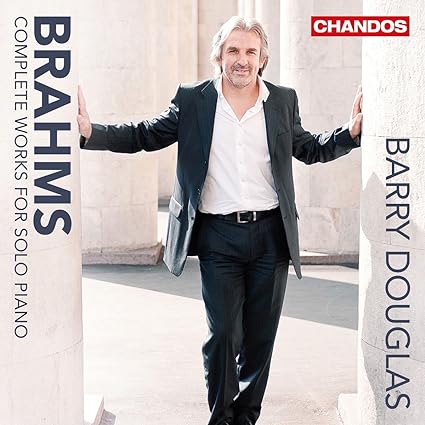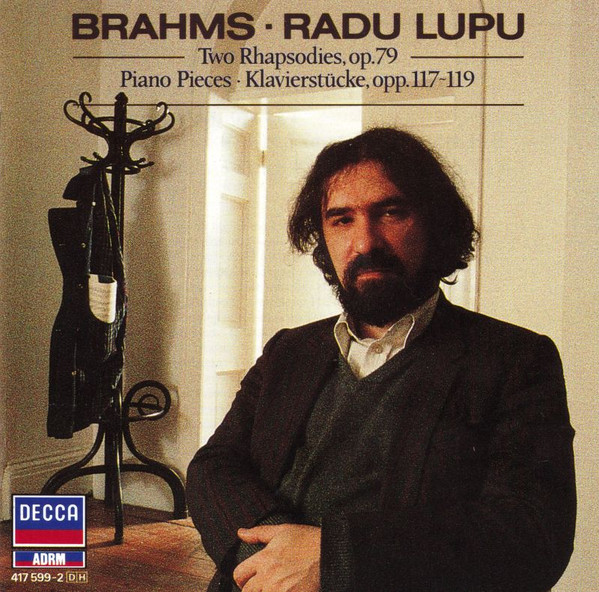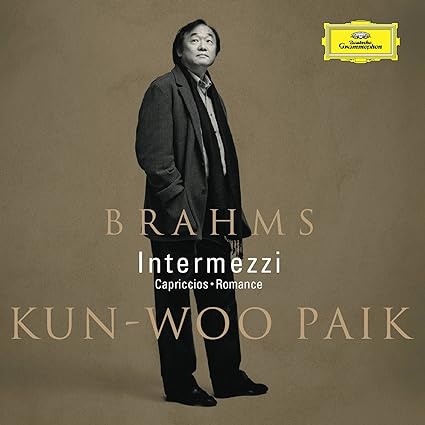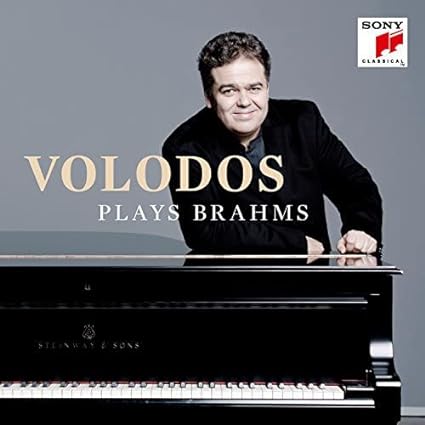
I make no bones about it, in Brahms, Arcadi Volodos sits at the end of the rainbow, of pot of musical Rhodium, awaiting the listener to seduce, bewitch, consume time. To be sure, Volodos often seems to be more focused on just what he can do with the piano than the music itself. He seems set on demonstrating that in the space of one arpeggio that he can deliver a subtly different dynamic level for each note, accent the first or last note or any in between without a hint of hardness, playing with such delicate touch, at any volume level, that one sort of gets lost in the playing as playing. Well, when it’s done this well, it doesn't matter. Playing as playing and music meld into one hypnotic whole. After opening with four Op 76 pieces so replete with touches of brilliance, he turns to nine of the late pieces, starting with Op 117. The first Intermezzo is a transcendental lullaby. So gentle it lulls the listener into a stupor, one still notices the myriad touches. The left hand playing, so nuanced, emerges with fine details as when he will emphasize one bass note and then gently and barely perceptibly reduce the dynamic level with each subsequent bass note. On the return of the opening theme, he accelerates the tempo ever so slightly, yet it sounds more beautiful, if anything. The second piece is scarcely less beautiful, even though it is louder in passages. More little touches abound, as when he tapers off left hand playing and the melody emerges in a perfect countervailing ascent, or when he lets the coda fade off to oblivion. In the third piece, his playing moves deftly and effortlessly from hushed pianissimo to concerto like forte with nary a hint of hardness and a flawlessly smooth increase. He again slows down even more for the extended coda.
The immediate storm of the opening of the first Intermezzo of Op 118 hints at a grand take, but Volodos undulates the dynamics in such a way as to render the whole thing a stream of consciousness without peer. The second Intermezzo sounds so tonally lustrous and gorgeous, so elevated and transcendent, that it runs the risk of morphing into an aural beauty blob only, except that the music remains omnipresent. It makes one wish Volodos would set down late Beethoven or late Faure. The Ballade requires more oomph and drive, and that arrives right when needed, but then the middle section reverts to stupid beautiful playing. The F Minor Intermezzo is like no other, quietly but insistently bubbling along, with what sounds like artsy use of the una corda in passages, making that middle section outburst all the more dramatic. As if the listener has not been barraged by (nearly) excess beauty up to this point, along comes the Romanze, where Volodos creates an almost fairy tale like atmosphere, with magical trills, effortless gentle keyboards leaps, somber and rich left hand playing, and just overall rightness that cannot be denied. Everyone else to this point sounds rather rough in comparison. The concluding Intermezzo offers more of the same, along with the same insanely quiet pianissimo playing that appears in his later Schubert disc. It’s just ridiculous. A quick fade, a brief pause, and then a perfectly paced build up to the powerful climax renders this a perfect blend of gorgeous quietude and measured musical thunder. Then begins the long, wonderful fade out to the gentle and gorgeous coda. This here’s how to do 118.
The pity of course is that Volodos did not record all the late pieces, and more, and it’s sort of unfair to rate him so highly given how little he recorded of the late works, but it’s so good, so all-consuming that it doesn’t matter. Volodos rules in Brahms. This disc is an hour killer, because whenever I spin it (or rather the FLACs), I must and do listen to the whole thing. It’s the king of the hill.
While I’ve sated my desire to listen to the last Brahms piano works for a while, I always ponder who else I would like to hear in the music. Here, the list is quite long. Alessio Bax simply must record more Brahms. Ragna Schirmer must as well. And Alexander Lonquich, David Fray, and Andrea Lucchesini. Hell, Piemontesi, Gerl, Kenner, the Lim brothers, Houstoun, Melikyan, Sohn, and yes, YES, all should record some or all of it. Maybe.
